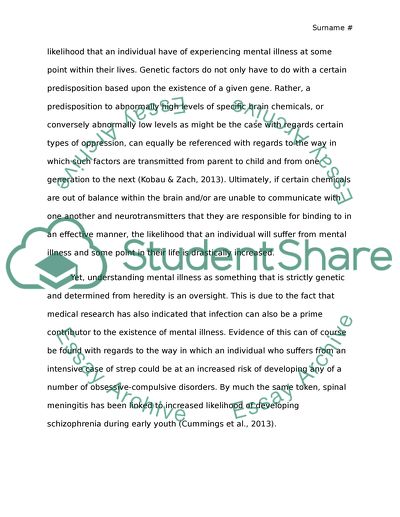Cite this document
(“Research into the Causes and Treatment of Autism Spectrum Disorders Paper”, n.d.)
Research into the Causes and Treatment of Autism Spectrum Disorders Paper. Retrieved from https://studentshare.org/psychology/1496606-research-into-the-causes-and-treatment-of-autism
Research into the Causes and Treatment of Autism Spectrum Disorders Paper. Retrieved from https://studentshare.org/psychology/1496606-research-into-the-causes-and-treatment-of-autism
(Research into the Causes and Treatment of Autism Spectrum Disorders Paper)
Research into the Causes and Treatment of Autism Spectrum Disorders Paper. https://studentshare.org/psychology/1496606-research-into-the-causes-and-treatment-of-autism.
Research into the Causes and Treatment of Autism Spectrum Disorders Paper. https://studentshare.org/psychology/1496606-research-into-the-causes-and-treatment-of-autism.
“Research into the Causes and Treatment of Autism Spectrum Disorders Paper”, n.d. https://studentshare.org/psychology/1496606-research-into-the-causes-and-treatment-of-autism.


